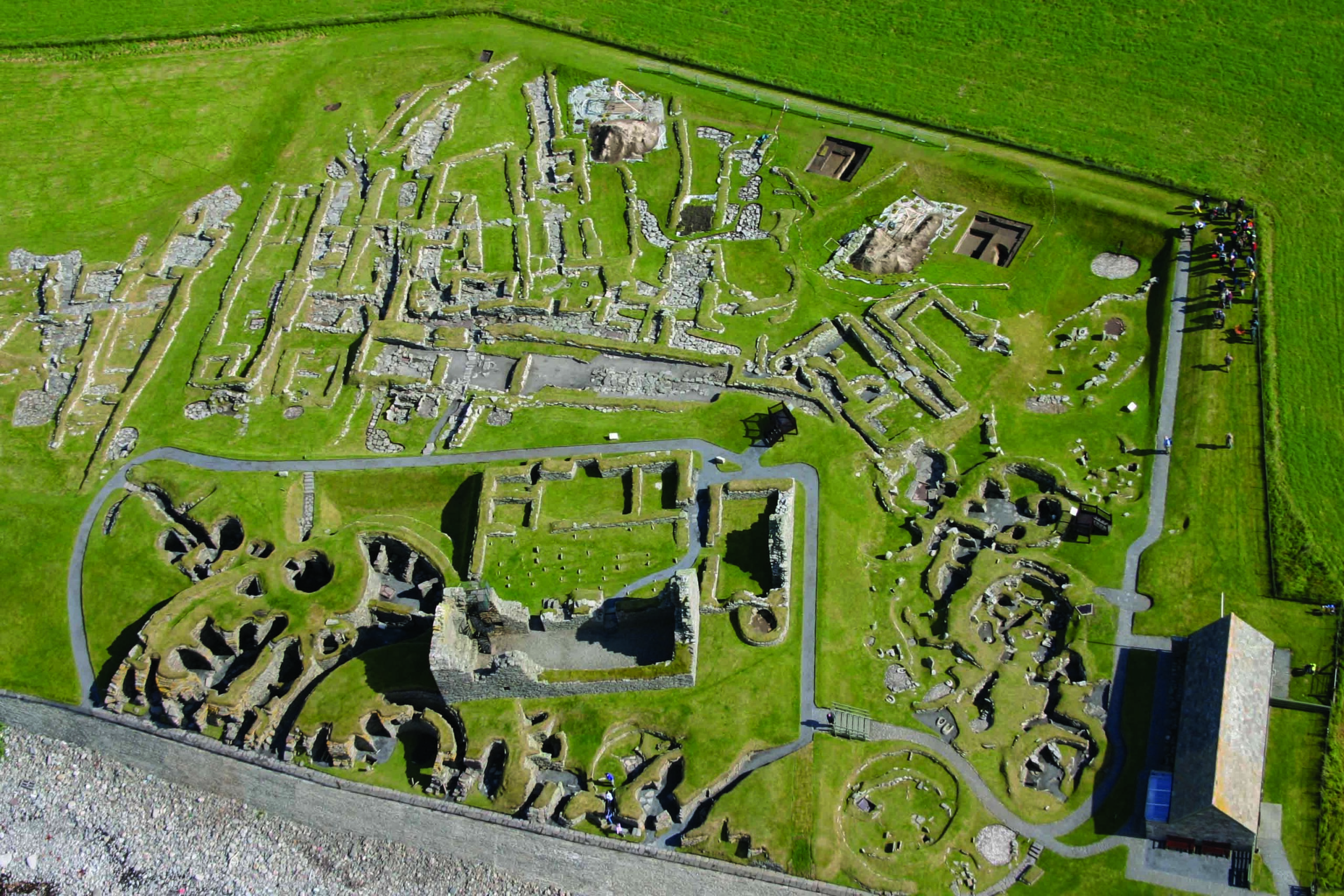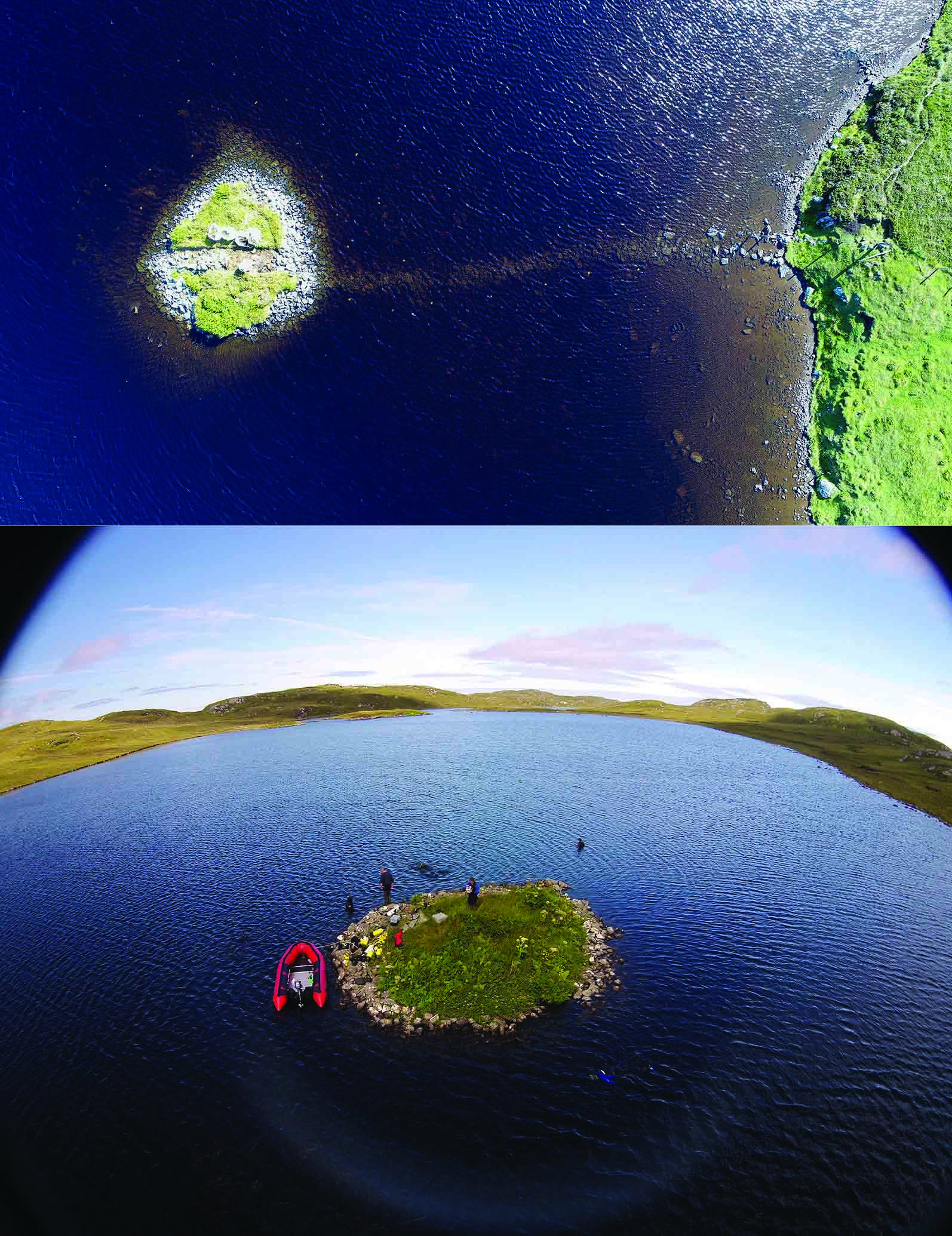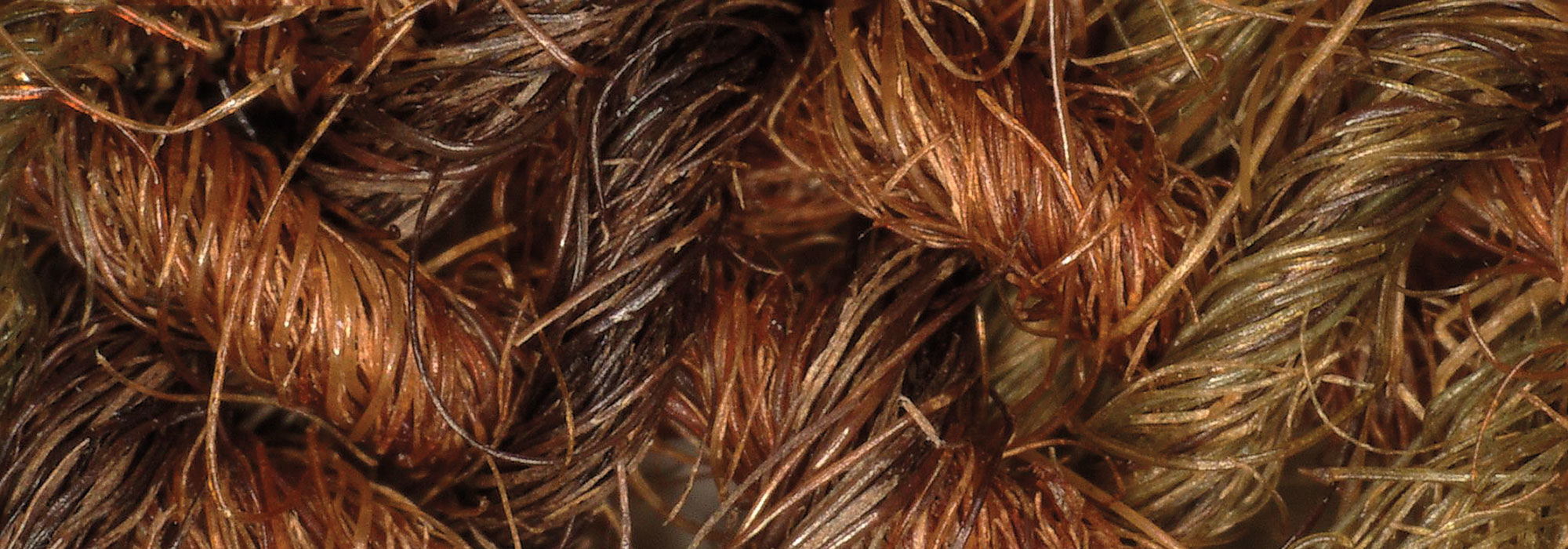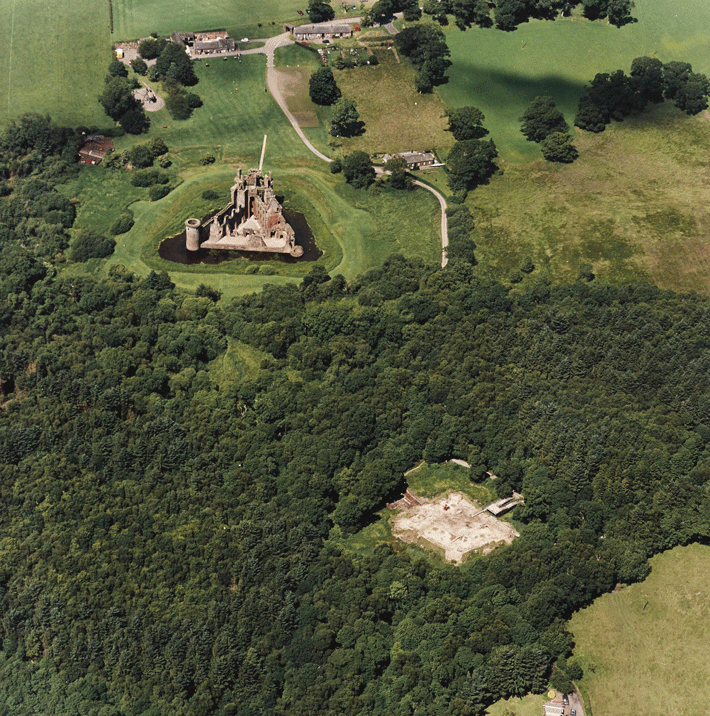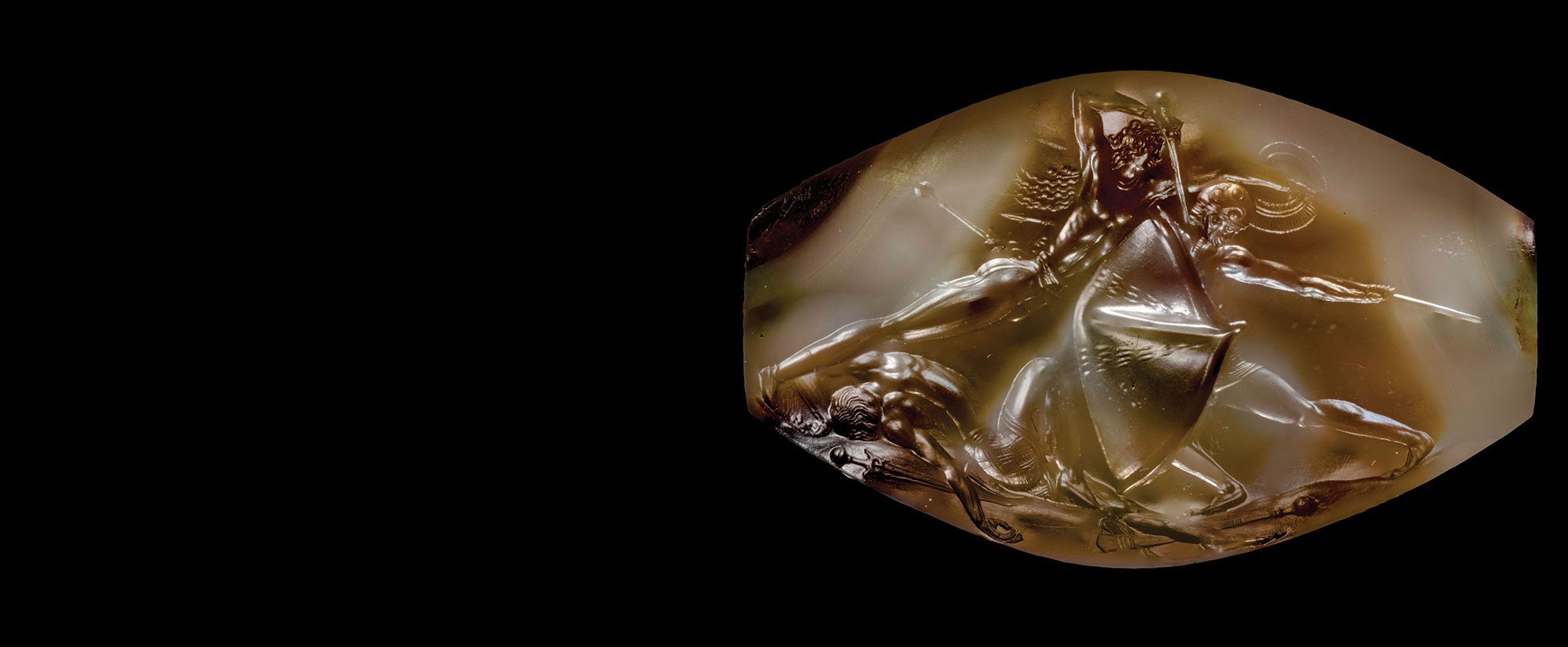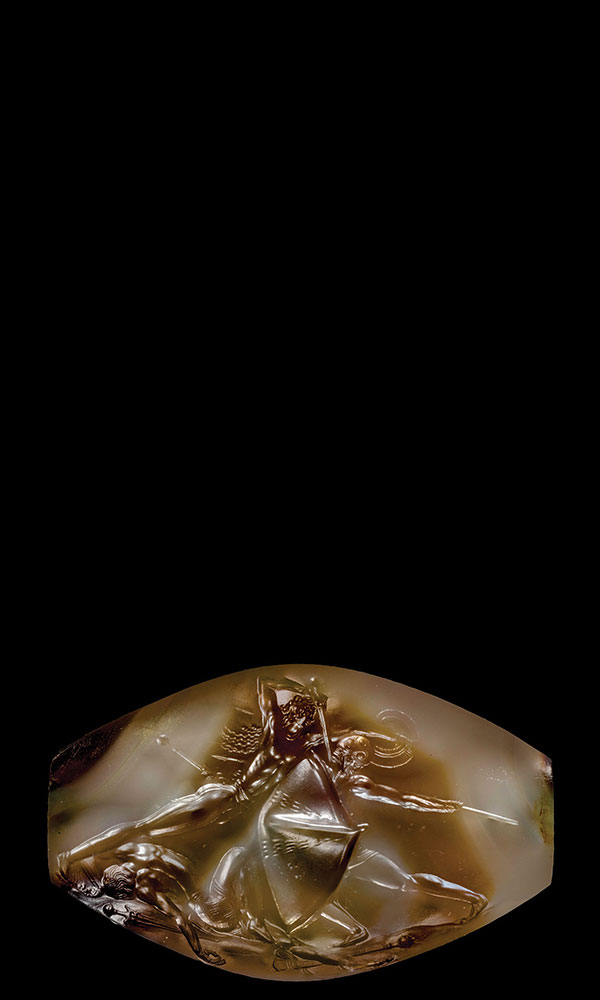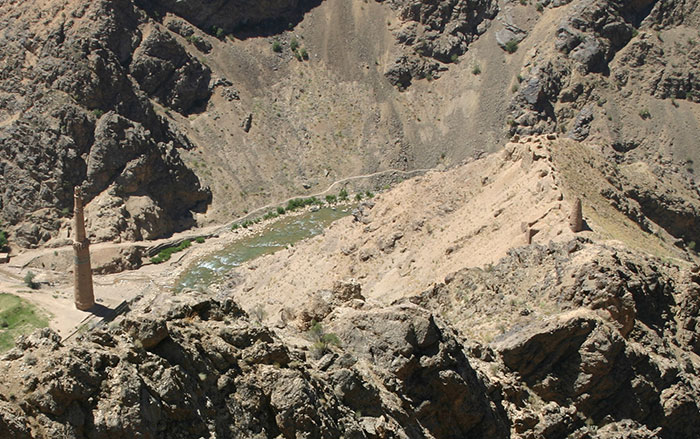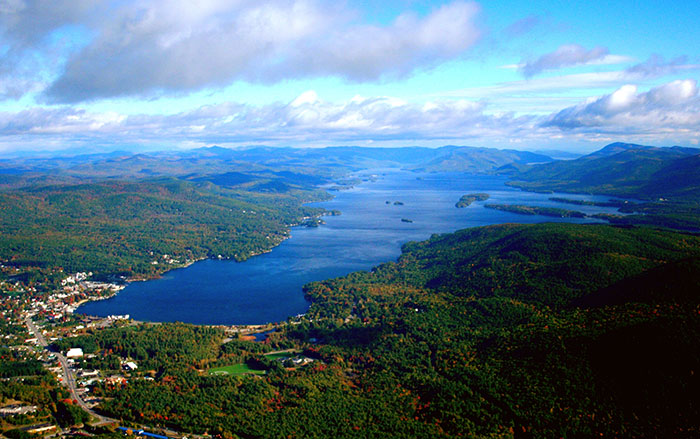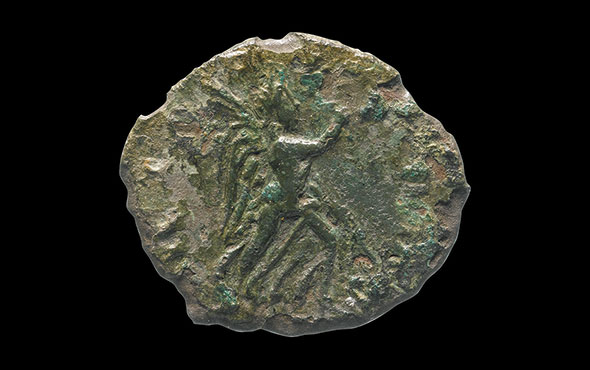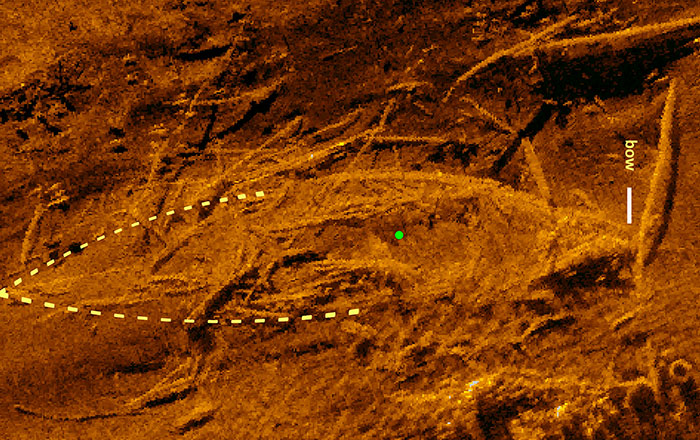
KIRKWALL, SCOTLAND—DNA analysis of whalebone artifacts unearthed at two Iron Age sites in the Orkney Islands has revealed that a vertebra—hollowed out to fashion a vessel containing a human jawbone and the remains of two newborn lambs—came from a giant fin whale, according to a BBC News report. Giant fin whales can grow to nearly 90 feet long, and are second in size only to the blue whale, the world’s largest known animal. Martin Carruthers of the University of the Highlands and Islands said the vessel had been placed just outside the broch, or stone roundhouse, at The Cairns on the island of South Ronaldsay, in the mid-second century A.D., at about the time the broch was put out of use. Two sets of red deer antlers had been set alongside the whale vertebra vessel and held in place against the broch wall with a quern stone. Carruthers said the animal might have beached itself, or may have been stranded in shallow water, since scholars have different opinions as to whether or not Iron Age hunters would have been able to take down such a large marine mammal. To read about the long-inhabited Orkney site known as the Ness of Brodgar, go to "Neolithic Europe's Remote Heart."


